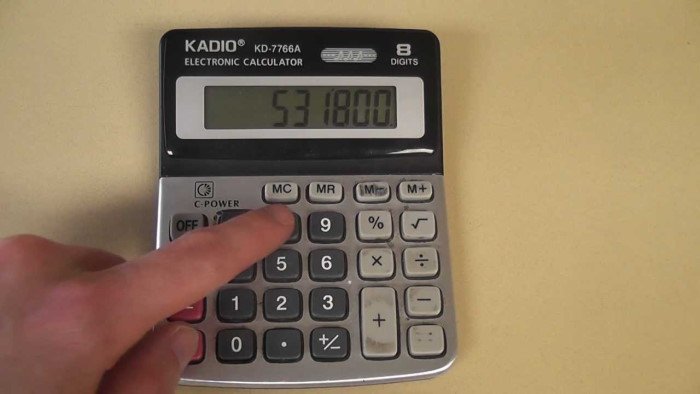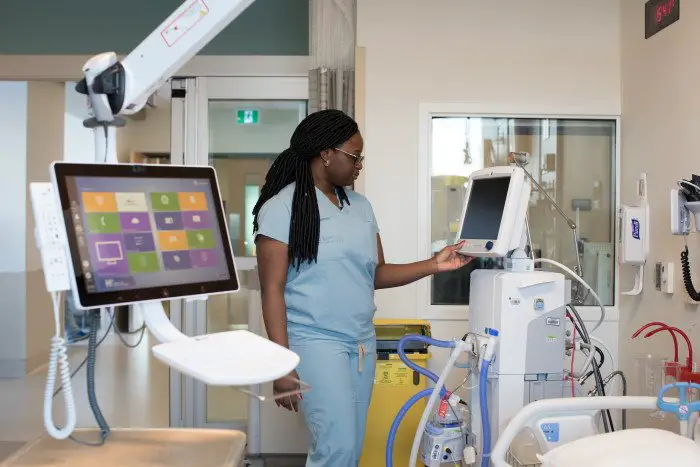There are three types of computers and each one is capable of doing unique things. They are separated by the material and the way the data is processed. The three types of computers in question are Analog, Digital, and Hybrid. Each can be found in various industries around the world, at your home and even in your car. But hey, let’s go and focus on the nature of these computers.
Types of computers
These three types of computers are based on work, applications and functions:
- Analog computer
- Digital computer
- Hybrid computer
Difference between analog, digital and hybrid computers
1]Analog computer
An analog computer is a type of system that provides information in continuous form. These types of computers can only represent physical quantities such as pressure, weight, tension pressure, speed, etc. Regardless of the information, the analog outputs of the computer are usually displayed on a graph.
These computer systems are useful in situations where data is accepted via measuring instruments, which means there is no need to convert it to numbers or any form of numeric attributes. A speedometer is a great example of an analog computer, and the same can be said for the traditional thermometer.
Note that analog computer systems require no storage capacity as they combine and measure quantities in a single process. In short, they are nowhere smart about what we use today, but they have their industries.
In the past, an analog computer was mainly used in scientific and industrial applications, and even after the development of digital computers. Indeed, at the beginning of digital computers, analog systems were still functioning much faster. However, between the 1950s and the 1960s, the analog computer system became obsolete because it could no longer keep up with the digital wave.
Analog electronic computers
For the most part, these computers are indeed based on the specifics of analog. However, their components are made up of capacitors, inductors and resistors. People can model them using equations of similar shape. In addition, they are more useful than ordinary analog devices because they have an electrical circuit.
Using an electrical circuit allows the simulation to move faster than ever, which was a huge advantage for the scientific community at the time.
Now if you’re wondering what these computers look like, well, they have a lot of amplifiers and sockets. The old standard was an excellent analog computer, but it lacked reliability compared to what we have today. And that shouldn’t surprise you at all.
For example, we can find analog computers in petroleum refineries and the paper industries, to name a few.
Some characteristics of analog computers
- Continuous values
- Little memory
- Slow speed
- Not as reliable
- The results are not precise
- Difficult to use
Now that you know what an analog computer is, let’s talk about digital.
2]Digital computer

When it comes to representing numbers, letters and other symbols, a digital computer relies on numbers to get the job done. The inputs here are ON and OFF, and the same goes for the outputs.
In a typical case, ON is represented by 1, while off is represented by 0. As it stands, we can therefore conclude that digital computers process data based on the existence or absence of an electrical charge. In short, this is called binary 1 or binary 0.
For those who wish to process digital or non-digital data, a digital computer is more than capable of performing such tasks. In addition, such systems can perform arithmetic operations with ease and, in most cases, much faster than the human brain.
The man behind the first electronic digital computer is a man known as John V. Atanasoff. The device was built between 1939 and 1942, and its helper was a German engineer named Clifford E. Berry. Konrad Zuse.
The most common digital computers today are calculators and accounting machines.
Some characteristics of digital computers
- Discrete values
- Great memory
- Faster speed
- Very reliable
- Results are 100% accurate
It’s time to talk about hybrid computers, which are the best known in the world due to their wide use by consumers and businesses.
3]Hybrid computer

When you think of a hybrid computer, what do you think of? It must be a mixture of analog and digital computers. Such devices have managed to combine the best features of analog and digital, making them super important in a number of areas.
As for where hybrid computers are used, well, they are mainly found in specialized applications that need to process analog and digital information. As you can guess, hybrid computers can then process discrete and continuous data.
Today, the whole world is heavily dependent on hybrid computers, and that has a lot to do with their flexibility. A single hybrid computer can be used for a variety of things. The same cannot be said of analog, but we must not forget its contribution.
An example of a hybrid computer is the intensive care unit (ICU) found in hospitals around the world. These devices use analog technology to measure temperature and blood pressure, then the data is converted and displayed digitally on a small screen.
I hope the explanation was clear.
